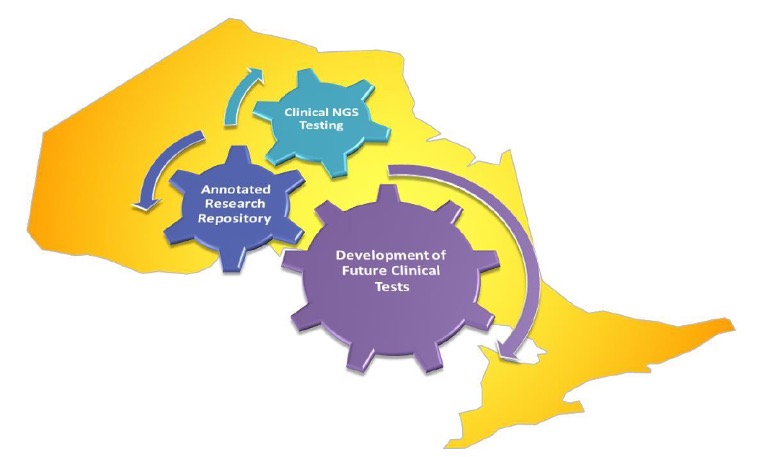- Contact Us
- OCTANE
- CGP@uhn.ca
Summary
Significant progress has been made in the treatment of cancer through the use of targeted drugs, but what works for one patient may not work for another. Cancer cells typically have changes in their genes that make them different from normal cells, and targeted drugs take advantage of these differences to target the cancer cells. Biomarkers are specific characteristics of cancer cells, such as mutations in their DNA, that help doctors identify which drug treatments are likely to be effective or how likely a cancer is to spread.
Our study, called the Ontario-wide Cancer TArgeted Nucleic acid Evaluation (OCTANE), tests archival tumor samples (previously collected biopsy or surgical tumor samples) to provide biomarker data about a patient's cancer. This information may help physicians in guiding the use of approved treatments that may benefit their patient as well as identifying which clinical trials of new drug treatments may be most appropriate for the patient in the future. This study has developed a province-wide registry of results from targeted gene testing, which has been made available to cancer researchers. Additional tumor tissue and blood samples collected from all study participants are stored in a biobank for future research.
Please navigate to the Scientific Research section to learn more about cancer genomics and molecular profiling.
